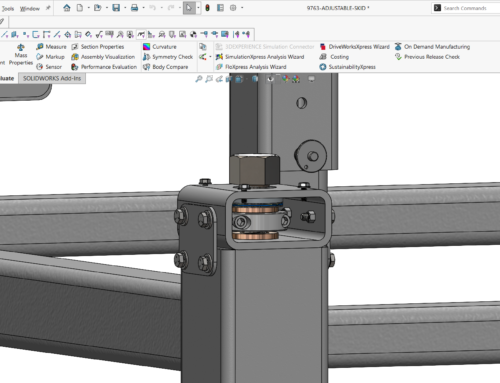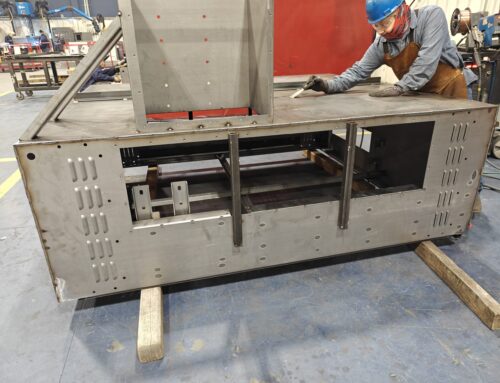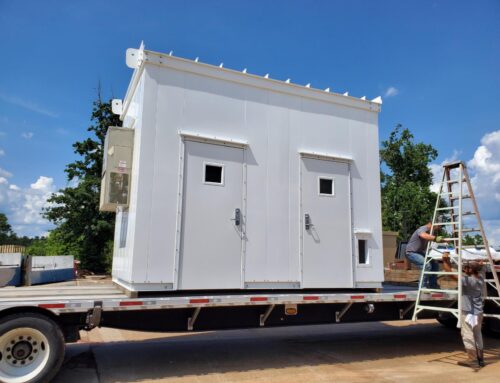Do you know the optimal welding method for your precision sheet metal fabrication?
One of the most common conversations we have with our customers is about the type of welding they need for their parts. When an engineer adds weld symbols to their drawings or 3D model, it’s tempting to default to seam welding because it’s sturdy and simple.
However, seam welding is a heat-intensive process that’s tricky and time-consuming. Seam welding requires more labor and can carry an increased risk of material distortion. When a seam weld isn’t necessary for your application, alternative welding approaches can save you money and preserve the integrity of your part.
Welding Options for Your Precision Sheet Metal Fabrication
Need guidance determining the right welding method to include in your design? Here’s an overview of your welding choices:
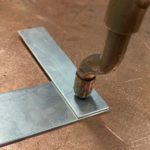
Spot welding.
This minimal welding process is a simple and cost-effective solution for parts that have flanges or overlapping pieces. If there’s no point of overlap in your parts, spot welding won’t be feasible.
Stitch welding.

Also called skip, or intermittent welding, stitch welding is ideal for any joint or seam that doesn’t have to be tightly sealed. It’s a great option for NEMA 3R or NEMA 3RX enclosures, for example, but insufficient for NEMA 4 or NEMA 4X enclosures where water protection is critical. If you’re requesting stitch welding, be sure to include the stitch length and frequency in your design. Determining these requirements may feel like an extra step, but ultimately it will save on costs and protect your part from excessive heat that can warp the material!
Seam welding.
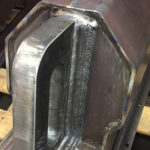
For applications with strict load or structural requirements, seam welding the part all the way around makes perfect sense. Another factor that tends to drive seam welding requirements is corrosion resistance. Without a continuous weld, the seam between two plates of steel could leak rust over time. A possible more cost-effective solution is using a durable sealant on all seams prior to the coating process. Regardless of your design requirements, our experienced welders will always take the time to handle your part with care and apply adequate heat control to prevent material distortion.
Keep in mind that welding is primarily a manual and labor-intensive process. As we’ve mentioned before, there are many benefits to forgoing welding altogether and using fasteners instead. (Almost any part that can be spot welded can easily be fastened!) But when welding is the best option, now you can determine the right welding method for your precision sheet metal fabrication.
When you need consistent, accurate, and fast metal fabrication services, Ameritex is here to exceed your expectations. Request a quote today.

